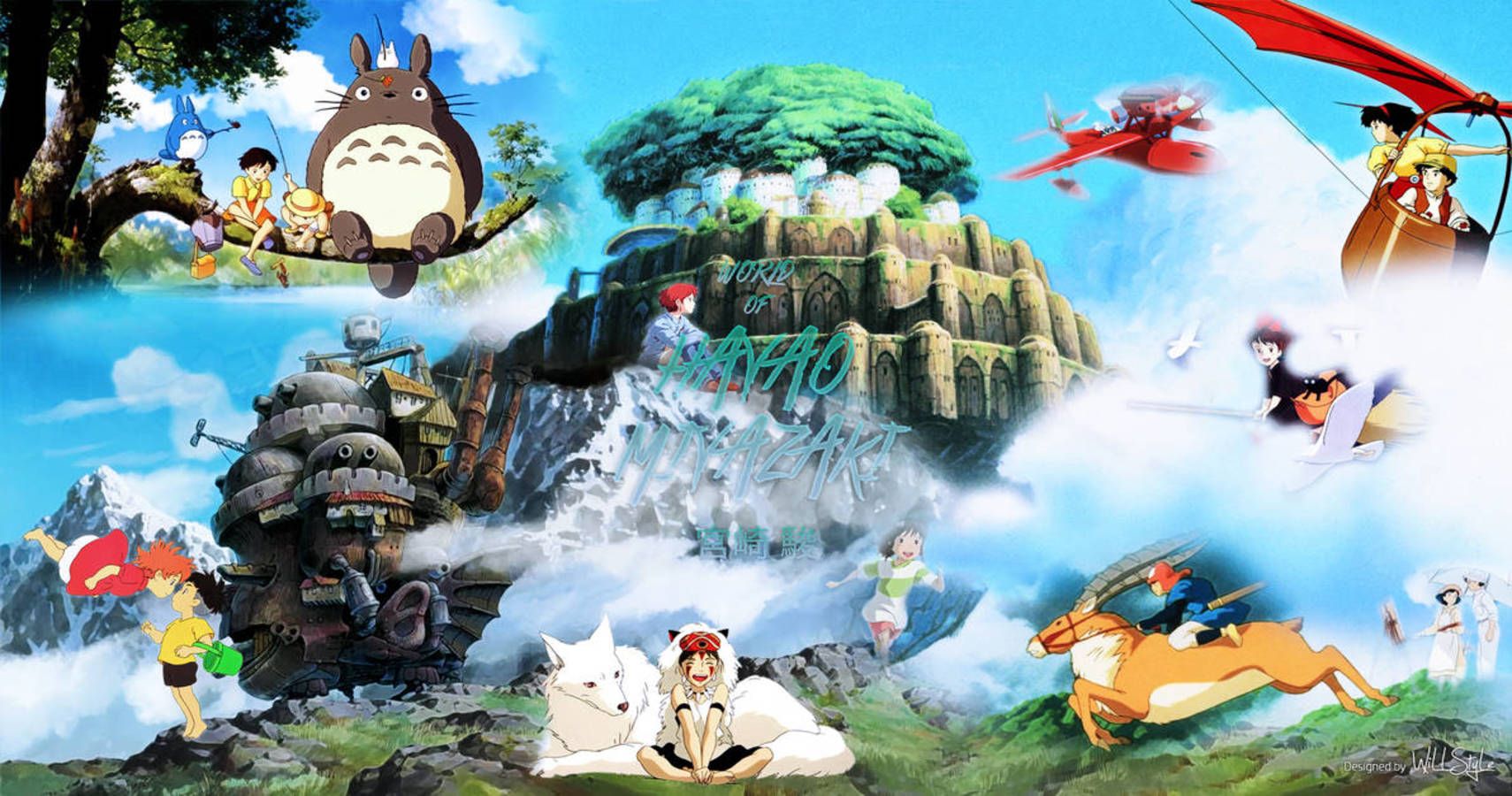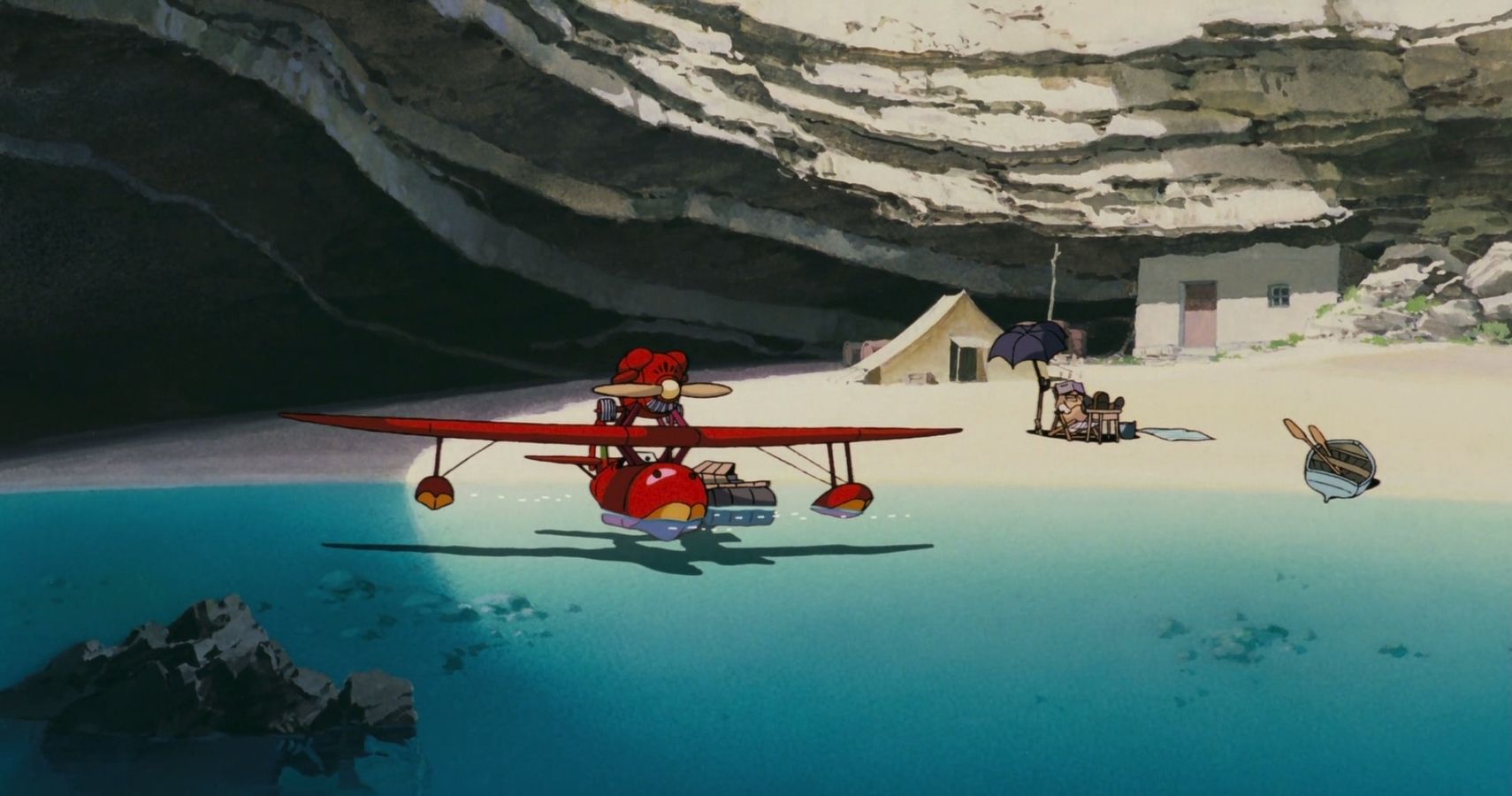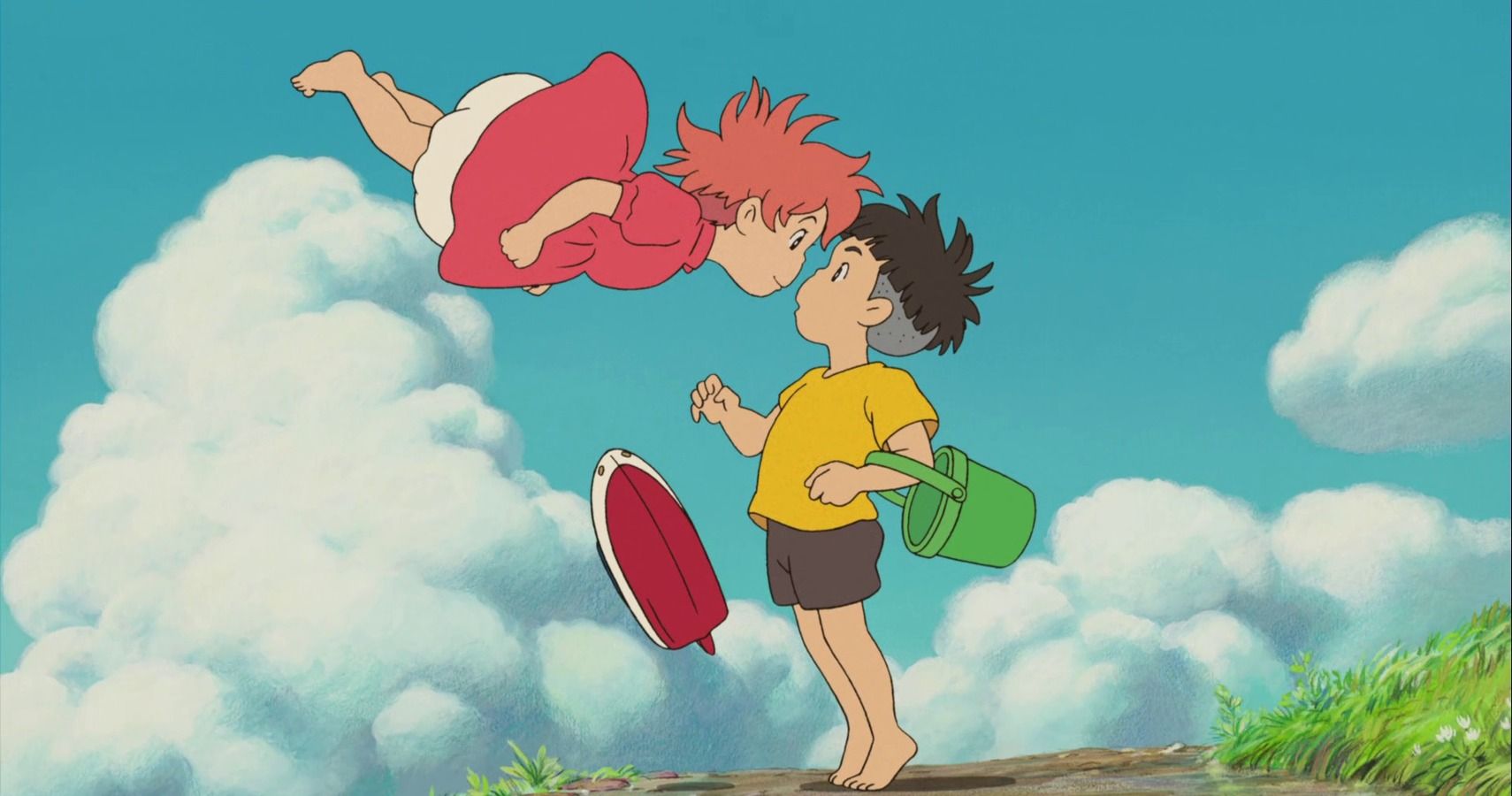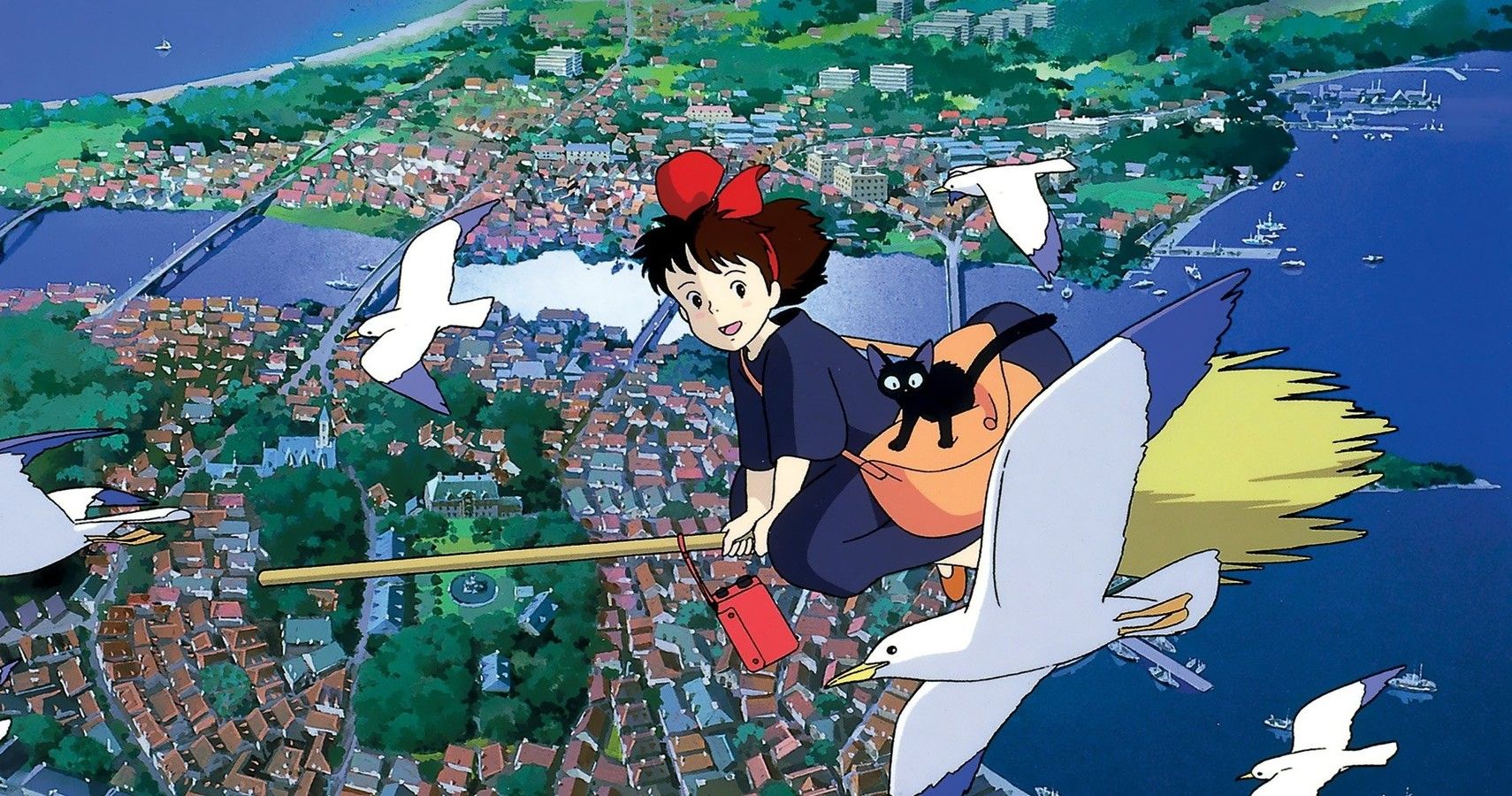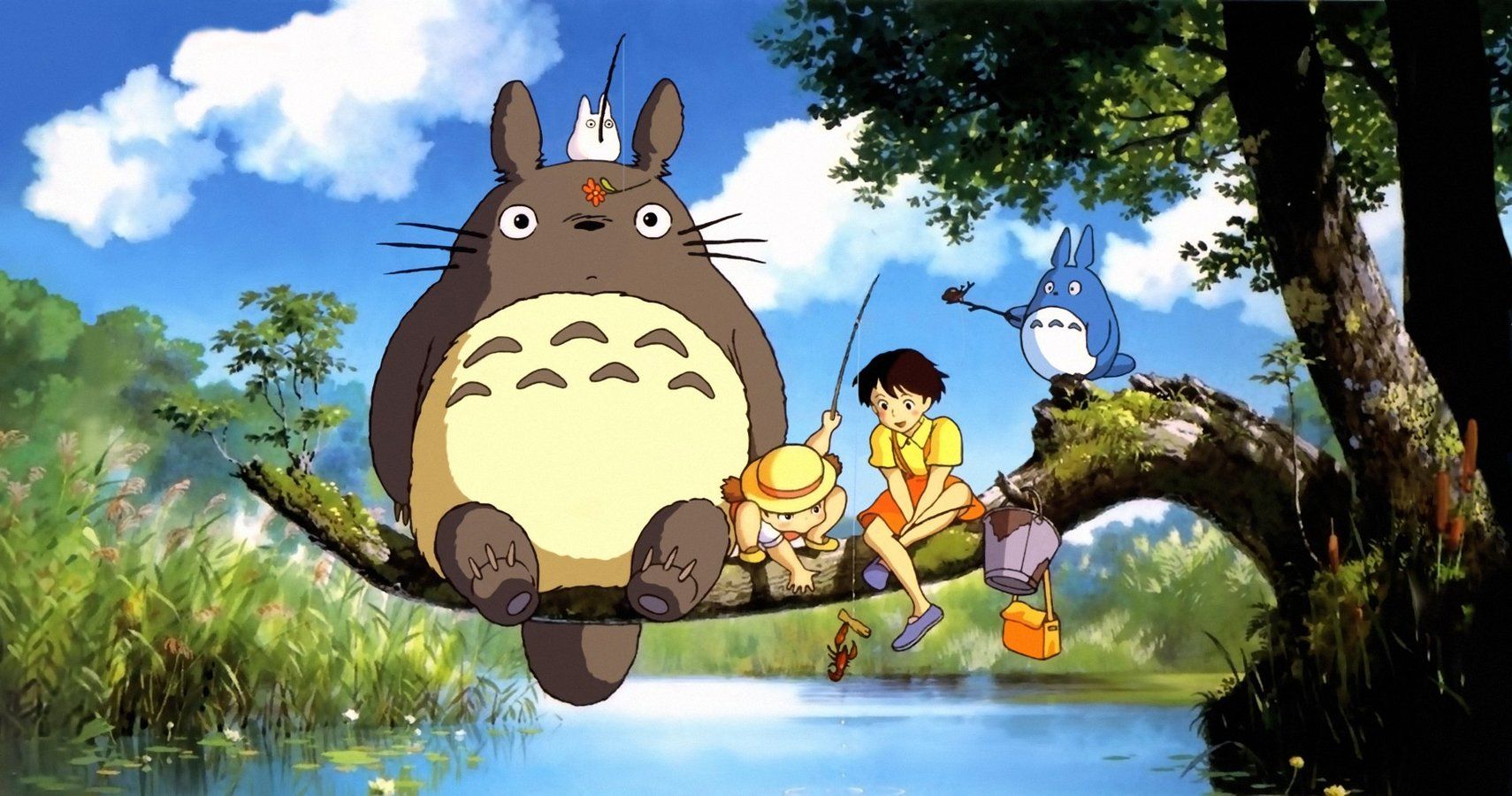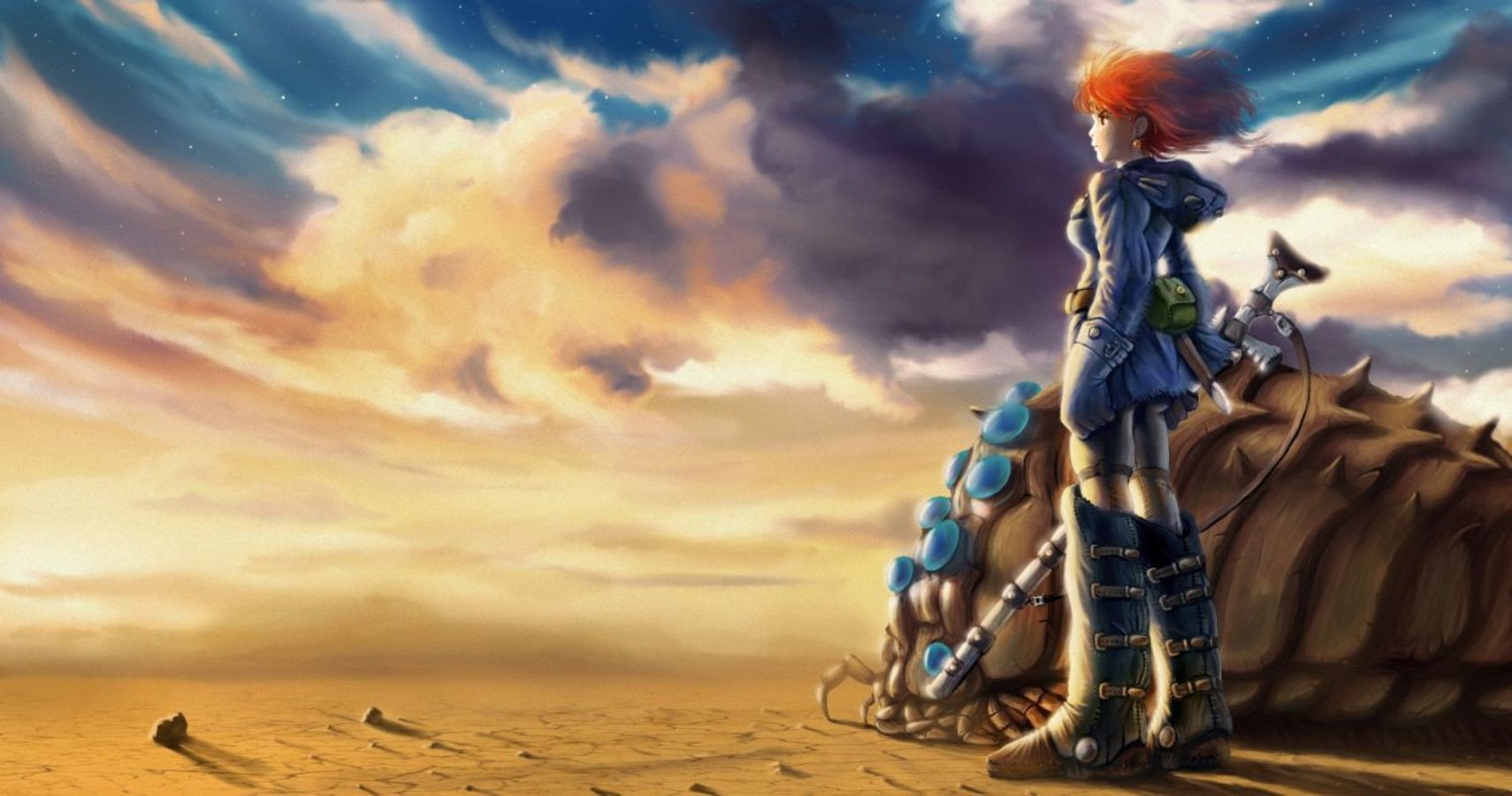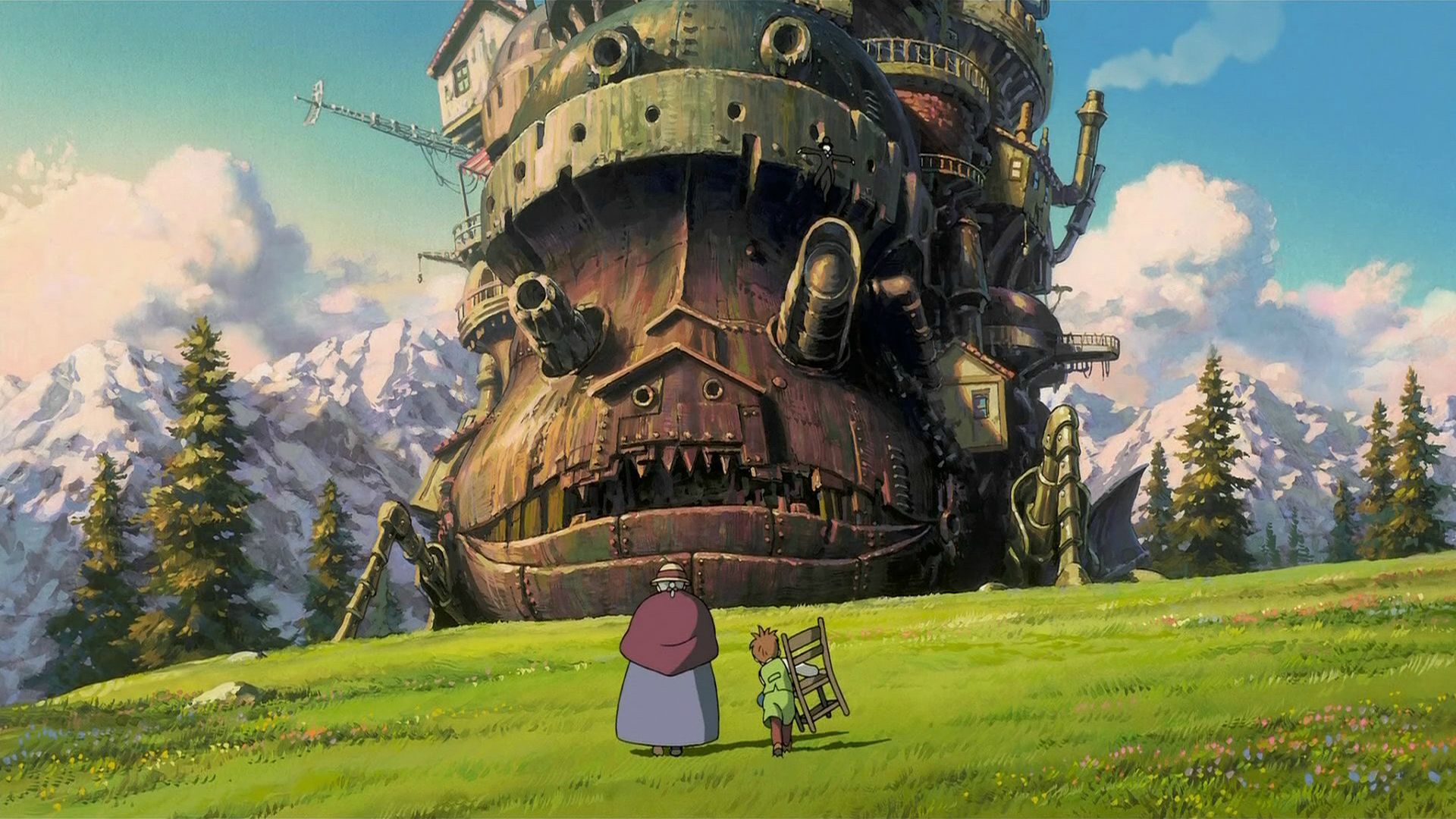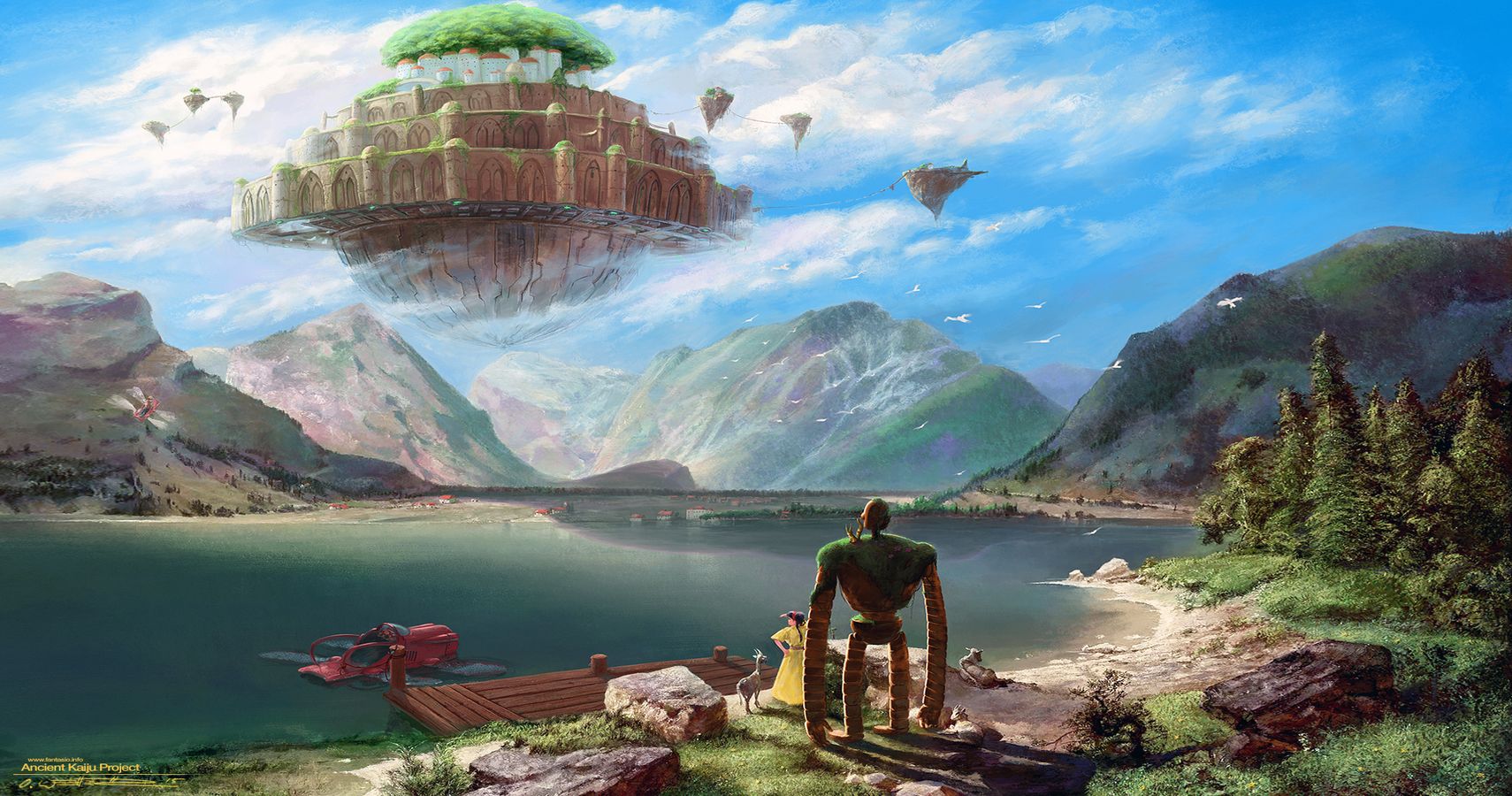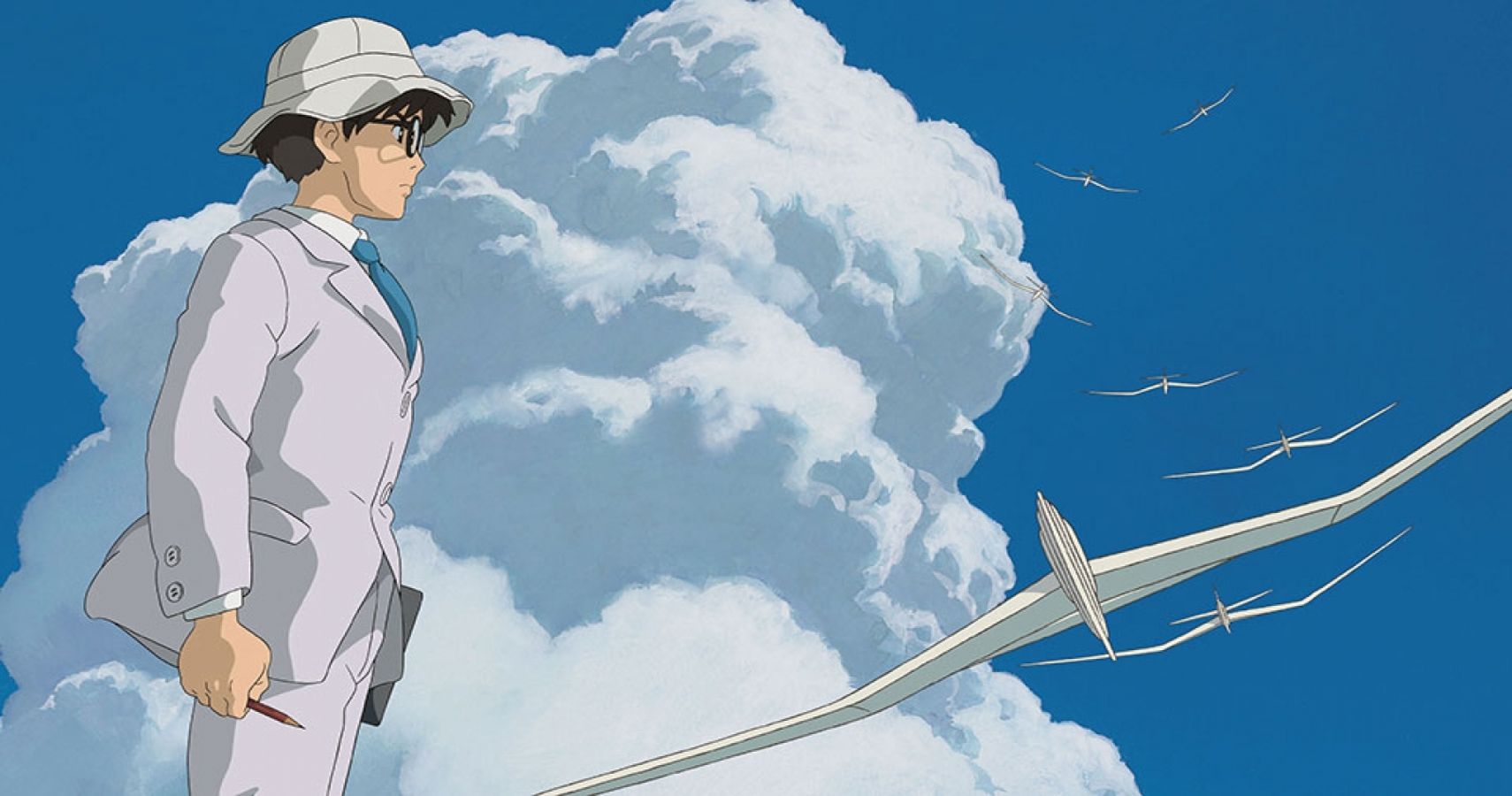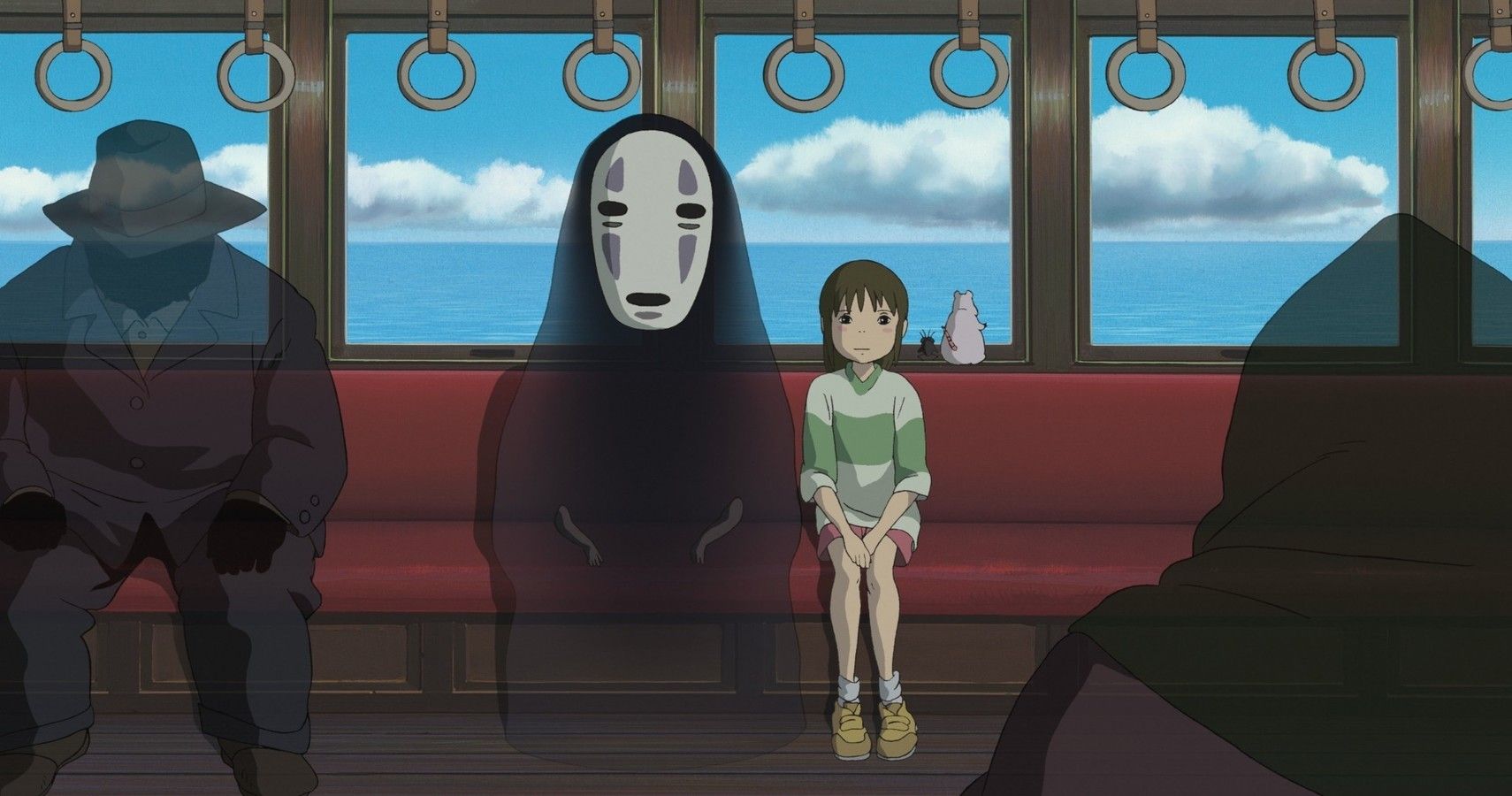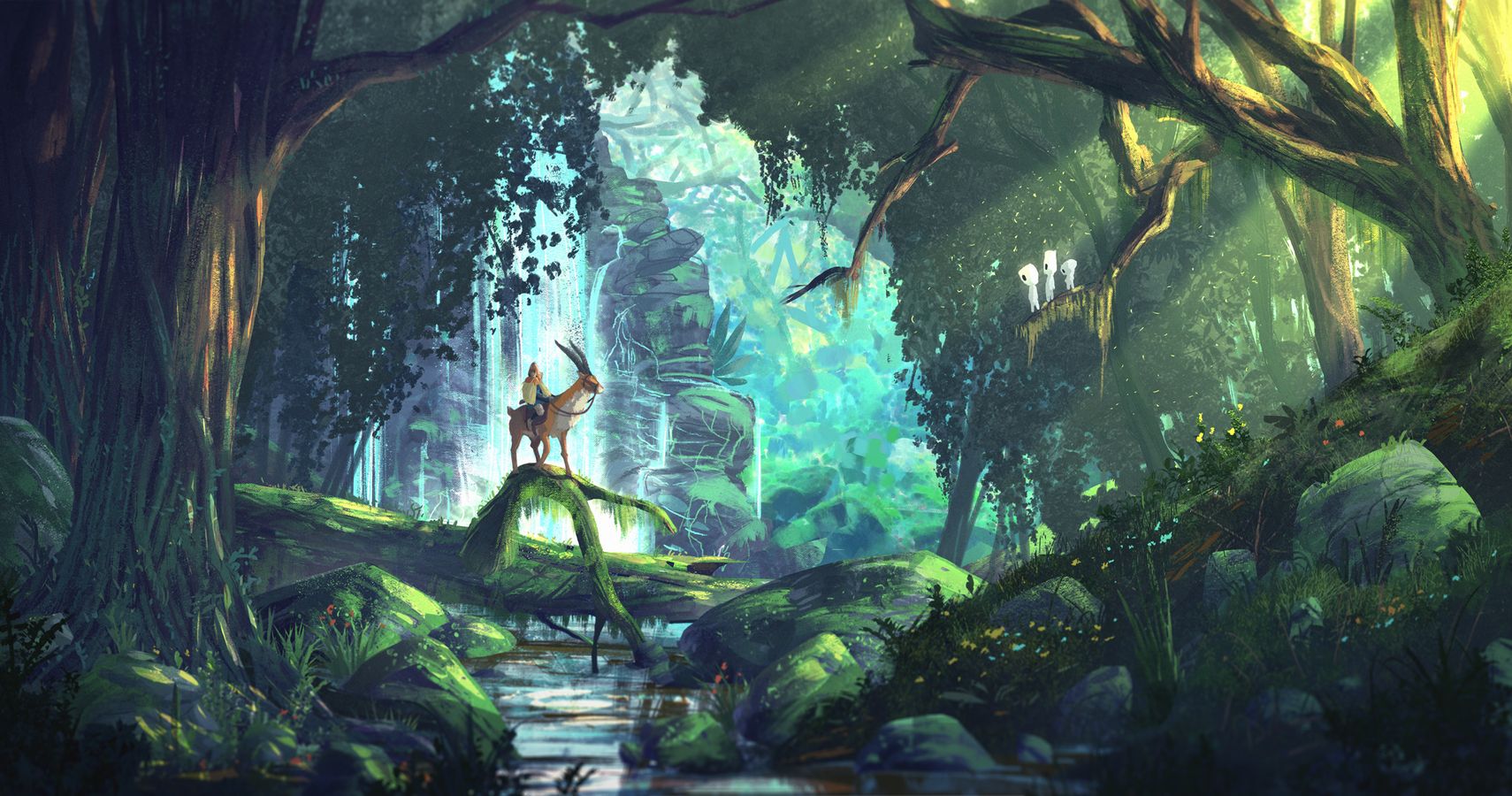Although he might have starred in an excellent meme of himself declaring that, ‘Anime was a mistake,’ Hayao Miyazaki is the best at what he does. For thirty years he has written, produced, and directed hit after hit in the world of animation. His films are enjoyed by children and adults alike from every country on Earth. His princesses are stronger that Disney’s, his themes often inspired by Japanese Shintoism, and his understanding of the human heart and mind is unparalleled.
PREVIOUSLY: 13 Studio Ghibli Fan Theories That Will Blow Your Mind
All that being said, it should be fairly evident that we don’t believe Miyazaki has ever directed a bad film. They can definitely still be ranked and compared, though, and while your list is going to look different to ours, just remember that that’s okay.
PORCO ROSSO
This film is an odd one. Thematically, Miyazaki’s films fall into two camps: delightful children’s movies (sometimes adapted from novels or fairy tales) with lush color and textures, and exciting mystical adventure; or hard-hitting stories of environmentalism, the fight against patriarchy/capitalism, and personal growth or discovery. Porco Rosso doesn’t really fit into their camp.
It’s still a tremendously fun action film with a gorgeous soundtrack, a colorful cast of characters, and some really engaging and exhilarating action scenes, but it does fall into a strange valley in the roster of Miyazaki films. It’s certainly not bad – as we’ve said, none of his films are – but it just doesn’t have that grand vision and design that his other works have.
PONYO
I’ll admit that I didn’t really ‘get’ Ponyo at first. I’m also aware that, when I first saw it at the age of twenty, I wasn’t its intended audience. That being said, Miyazaki is unparalleled in his ability to adapt old fairy tales. Disney comes at the adaptation from a safe and romantic angle, while Miyazaki often aims towards the weird and the fantastical, raining themes down on us like: familial love, friendship, environmentalism, and personal growth.
Ponyo does this spectacularly well, and as such is a go-to film for parents of very young children. Its message of reinforcing the importance of kindness towards one another, regardless of circumstance, is universal and a good one to learn as early as possible.
KIKI'S DELIVERY SERVICE
This movie is all kinds of charming – an original take on the character of ‘the witch’ which has been such an incredible influence on the world of anime since its release (just look at Little Witch Academia for proof of that). It’s also got a sidekick character who puts all of the Disney sidekicks to shame.
In fact, comparing this film in particular to the Disney roster is a great way to show just how superior Ghibli really is, with a smart young girl, eyes full of wonder, easily brushing aside any of the 90s male protagonists that Disney was churning out in that era. Kiki is a delightful story that should be enjoyed by young girls and boys the world over.
MY NEIGHBOR TOTORO
It should be evident by now that most of the Miyazaki movies with a very young demographic in mind have appeared in the bottom half of this list, and that’s simply to do with taste. Just as this writer leans his literary tastes towards more challenging texts and away from children’s books, so too do Miyazaki’s more adult-oriented films with big themes and dire struggles have a greater impact. That’s not to say I don’t appreciate what My Neighbor Totoro did for the world of animation.
Its gorgeous character designs, especially of Totoro himself, and its playful soundtrack have danced happily in my mind for years now, and I’m glad to have them there. That’s also not to say that Totoro doesn’t deal with some big themes. Miyazaki never patronises his audience, and often offers his younger viewers harder themes because he knows they can understand them. He’s a good person that way.
NAUSICAA OF THE VALLEY OF THE WIND
Honestly, these next three films are fairly interchangeable, each holding an equally-sized space in my heart and each existing in a jaw-droppingly beautiful world filled with adventure, mystery, magical science, and intrigue. Nausicaa stands alone in its tone, being a little grittier. Its color palate is different from much of Miyazaki’s other work, with an emphasis on pastel tones and natural textures.
RELATED: 10 Best Miyazaki Films Of All Time
Even the characters’ homes and attire emphasise a kind of one-ness with nature. This Shinto-inspired theme will return and be done with a far greater impact in Princess Mononoke but that does not mean, by any stretch, that Nausicaa does not stand by itself as an excellent work of art.
HOWL'S MOVING CASTLE
This film is an absolute delight from start to finish. Its mood, tone, and style is on par with Miyazaki’s best work (and the Welsh novel of the same name which inspired the film is also a fantastic lot of fun to read). The English voice cast, which includes Christian Bale and Billy Crystal, is also one of the best on Miyazaki’s roster. It’s also perhaps the one Ghibli film that appeals the most to the broadest audience: women and men from five to ninety-five can get an equal amount of joy and amusement out of this ragtag cast of characters and their ridiculous adventure.
The world design, especially of the titular moving castle, and of Howl himself, is utterly astonishing, teaching a real lesson in how to merge CGI with hand-drawn anime design. This film wins on so many fronts.
LAPUTA: CASTLE IN THE SKY
This lavishly designed and animated film was Miyazaki’s first with Studio Ghibli. It’s a powerful and moving adventure story of discovery and big ‘wow’ moments. A tale with a little bit of political strife, and a lot of little people doing big things, this is arguably one of Miyazaki’s most beautiful works.
Studio Ghibli as a whole has done fantastically well at consistently maintaining their distinctive style of animation over the decades, but nothing can truly, in this modern world of digital anime, recapture the magic of 80s animation. Laputa was the pinnacle of that animation style, an absolute spectacle from start to finish.
THE WIND RISES
To date Miyazaki’s latest film, and a bit of a sleeper hit when it came out. Though this marked the umpteenth time Miyazaki has pulled himself out of retirement to direct ‘one more film’, it didn’t enjoy the critical success of his earlier works. It did, however, leave a deep impact in the heart of this writer. Miyazaki’s choice to veer away from the fantastical and tell a story steeped in the darker moments of Japanese history was a bold choice, and it paid off.
Our protagonist is a fundamentally fascinating young man, with an infectious love for his work. The setting, with its costumes, old engines, and wartime backdrop, absolutely enthralled me, and the films sombre tone meshes so beautifully with its mostly bright blue color palate. I, for one, adored this film.
SPIRITED AWAY
Ah, the Oscar winner. Claimed by many anime fans to be, if not their favorite animated movie, then at least their favorite Studio Ghibli film. This is with good reason, too. Spirited Away stands head and shoulders above every other Studio Ghibli film in terms of its design, aeasthetics, and animation. Every cell is gorgeously drawn; every character meticulously designed. The incredible imagination behind some of the fantastical creatures we meet through the course of this film is dizzying in its ambition. The Alice’s Adventures in Wonderland-inspired story is perfectly paced and hits home for every parent and child watching it in their living room. This film is flawless – better, I’d wager, than any animated film Disney has ever put out. It hasn’t aged a day since its release, and for many it is the pinnacle of what Miyazaki and Studio Ghibli can do.
P.S. If ever you have the chance to visit Jiufen in northern Taiwan, do so. The teahouse there was the design inspiration for the bathhouse in Spirited Away and it is a marvel to behold.
PRINCESS MONONOKE
Another popular favorite, Princess Mononoke was Miyazaki’s first attempt at a more visceral, adult-focussed animation. Its themes of man vs nature have been seen in cinema a thousand times over, but have never been executed as well as they were here by Miyazaki. The visceral combat and ghastly creature designs make this film an intense viewing experience, even on your tenth time around. Its message warning us of the dangers of industrialisation, capitalism, pollution, and global warming are clear and told with such aggressive fervor that it’s hard to ignore them (as we shouldn’t).
Princess Mononoke, in its scope and its importance as a piece of art, has no equal in the world of animation. It is a vitally important piece of cinema, and will go down in history as Miyazaki’s greatest achievement.

